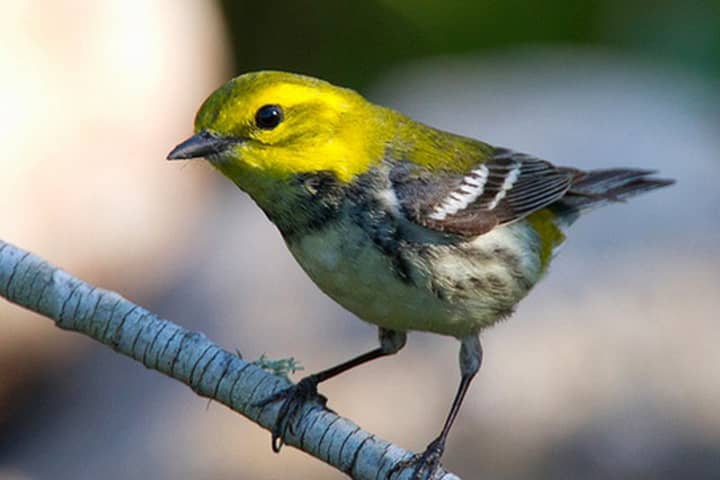Dear Editor,
On Sunday, April 28, at the Garden Education Center, Audubon Greenwich, in collaboration with the Greenwich Tree Conservancy and the Bruce Museum, presented its "Urban Oases, Expanding Bird Habitat for Migrating Songbirds, a research program spearheaded by Dr. Michelle Frankel, Audubon Connecticut's Conservation Biologist.
The importance of Frankel’s research, which is taking place right here in Greenwich and along the Atlantic Flyway, is profound and deserves recognition and support, hence this public shout out from the Greenwich Tree Conservancy. For the past several years, Frankel and her team have rallied Citizen Scientists to methodically record the trees and shrubs from which migrating songbirds find sustenance, either by eating the berries or the insects that live in the trees.
Why is this important? The National Audubon Society has recently stepped up their conservation efforts as a result of research indicating that migrating songbird populations are plummeting precipitously. In some cases, species numbers are dropping 7 percent per year! Without help from us, these birds could disappear completely. A U.S. Forest Service report, Forests On The Edge (2011) estimated that by 2050 more than 60 percent of Connecticut will be composed of urban/suburban neighborhoods (today, 60 percent is forested), which will further reduce stopover habitat for these tiny birds that migrate from as far south as South America to as far north as Canada.
How will we be affected if these songbirds no longer stopover in Connecticut, or worse, if they go extinct First, imagine a silent spring with no birds to herald in the warming weather. Second, their demise would have a cascading effect on the environment; the food chain and web of pollination would forever be disturbed. Populations of the insects that these birds eat would increase exponentially, seeds would no longer be dispersed, hawk populations would decrease, while rodent populations increased, and some plants would no longer be pollinated and would ultimately disappear. This scenario is objectionable by anyone’s standards.
The Greenwich Tree Conservancy is pleased to announce that we are planting more than 75 percent of the tree and shrub species critical for songbird survival in and around Greenwich. We strongly encourage everyone in Greenwich to go to Audubon Connecticut’s website and become familiar with the species of trees and shrubs that will support these beautiful little birds.
A partial list of native and nonnative trees that support these birds are: Acer spp. (Red and Sugar Maples), Picea Spp. (Spruce), Betula spp. (River Birch), Sorbus americana (American Mountain Ash), Malus spp. (Crabapple), Quercus alba(White Oak), Amelanchier spp (Shadblow and other serviceberry), Cornus (Dogwood), Prunus serotina (Black Cherry), Celtis occidentalis(Hackberry).
We thank the work of Audubon Connecticut in helping us all to become better stewards of our environment and its inhabitants.
Sincerely,
Gina Gould, PhD, Greenwich Tree Conservancy Board Member
JoAnn Messina, Executive Director Greenwich Tree Conservancy
Click here to follow Daily Voice Greenwich and receive free news updates.


